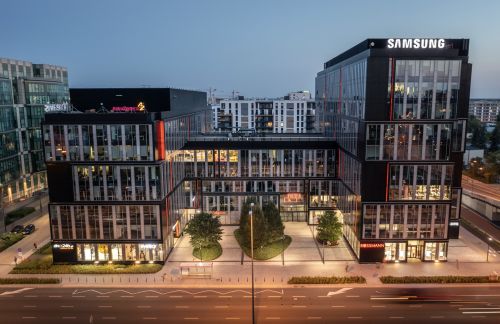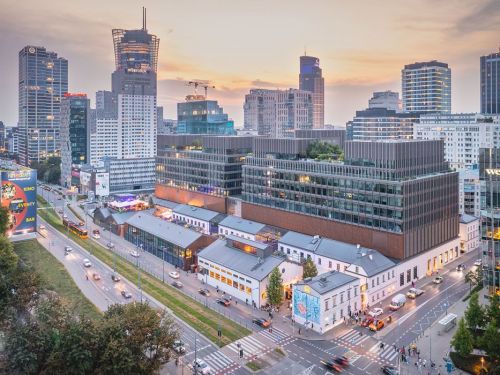In June 2020, three months after the outbreak of Covid in the US, Mark Zuckerberg revealed that over the next 5–10 years up to half of Facebook’s staff could be working remotely. For the office sector, this is not an auspicious sign. Microsoft also stuck its oar in, when it announced that it would allow its employees to work from home, not only during the pandemic but also afterwards. If this trend catches on, such an approach could result in a massive weakening of the office sector, if not its total demise. However, at the moment there’s no reason to panic, since it’s clear that the sector has got through what we hope was the worst of the pandemic and the strictest of the lockdowns without losing its main tenants.
Under the same banner
Everyone has been complaining about how working from home is bad for business, but it’s true that many companies have actually benefited from this situation. Some corporations it seems (especially in the shared service































































